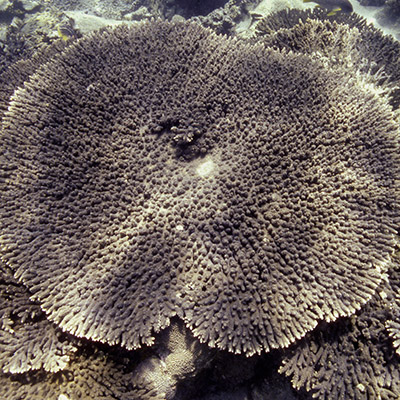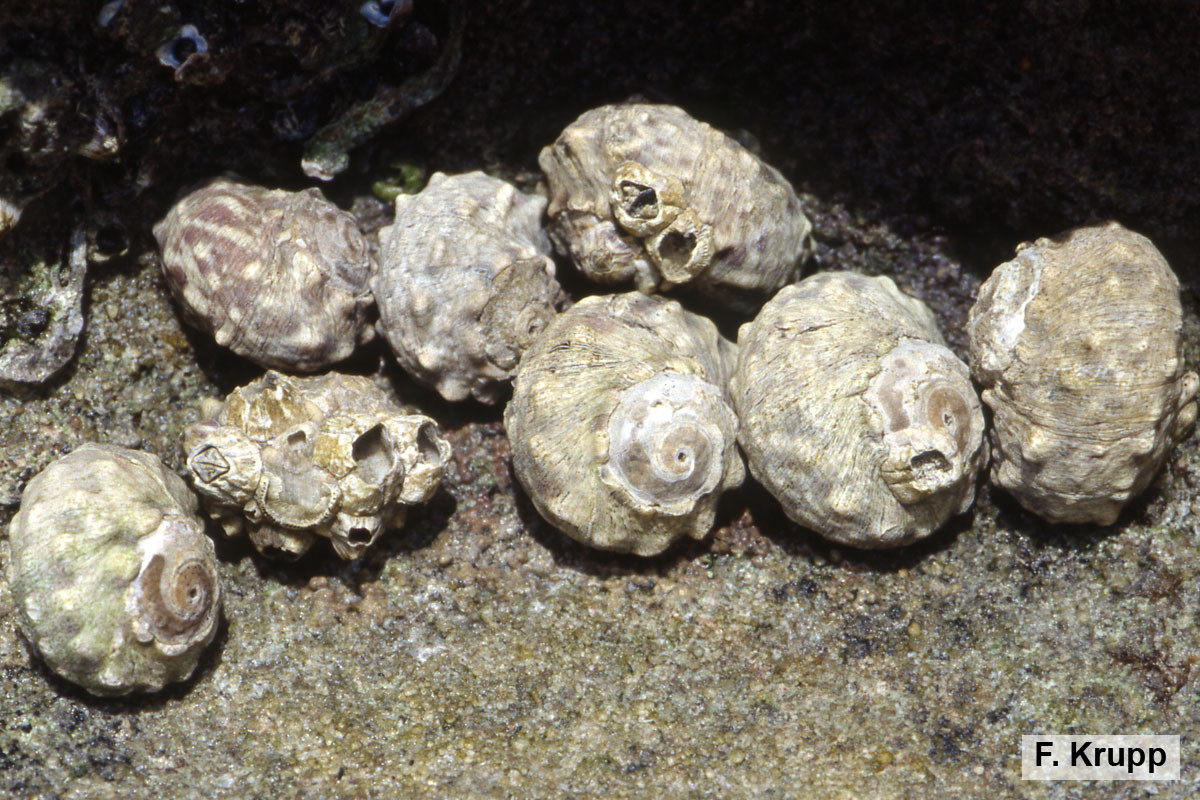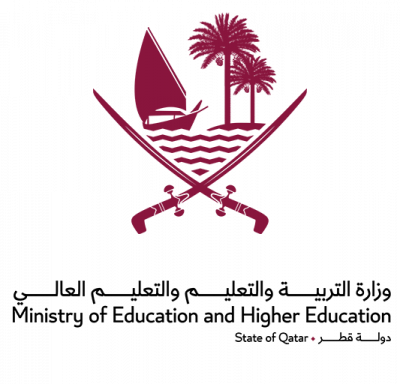الاسم: Lunella coronata
الاسم المحلي: بالإنجليزية: القوقع المتوج القمري ذو العمامة
الاسم الشائع:
الاسم العلمي: Lunella coronata
التصنيف: الصف: القواقع والبزاقيات، تحت الصف: Vetigastropoda. العائلة: القواقع المعممة (Turbinidae).
ترادف: يدرج أيضاً تحت إسمه الأصلي Turbo coronatus.
القياس: يتراوح طول الصدفة من 2-5.5 سنتيمتراً، إلا أن الطول الشائع يبلغ أربعة سنتيمترات.
موطن:
يتواجد القوقع المتوج القمري ذو العمامة بشكل عام في مناطق المد العالي وصولاً إلى مستوى مناطق منتصف المد من الشواطئ الصخرية، حيث يعيش في البرك وتحت الحجارة وفي الشقوق أو بين الصخور والحصى. لا يُميز هذا النوع بين المنصات الخلفية المرجانية تحت المدية الضحلة وبين المناطق المدية، طالما وجد مأوى رطب كافي تحت الصخور المرجانية الثابتة التي تتعرض بشكل دوري للهواء. معظم القواقع ذوات العمامة عاشبة بحيث تتغذى على الطحالب القاعية الصغيرة والمواد النباتية المتحللة أو الميتة. تجمع الأصداف على نطاق محلي، ولا سيما الأصداف الكبيرة من أجل لحومها وأصدفها اللامعة والتي تسمى (أم اللؤلؤة الوامضة) والتي لها قيمة كبيرة في صناعة الأصداف.
التوزيع:
ينتشر هذا النوع على نطاق واسع في المحيط الهندي وغرب المحيط الهادئ، ومن جنوب أفريقيا على طول الساحل الشرقي الأفريقي إلى البحر الأحمر وبحر العرب والخليج العربي، وشرقاً إلى ميلانيزيا، وشمالاً إلى جنوب اليابان وجنوباً إلى أندونيسيا.
حالة حفظ النوع:
لم يتم تقييم هذا النوع حتى الآن من قبل المجلس العالمي لصون الطبيعة. تباع بأعداد قليلة للمغتربين في أسواق السمك.
الشرح:
صدفة هذا النوع لها عمامة منبسطة الشكل وقطرها أكثر من إرتفاعها. الصّدفة مغطاة بسلسلة غير منتظمة من الدرنات والحبيبات والحراشف المنبسطة التي تشبه الكأس. القمة البرجية منخفضة وعلى شكل قبة وبنهاية متآكلة في كثير من الأحيان. تحتوي الصدفة على 4-5 لفات وتكون أخر لفة كبيرة جداً. داخل الغطاء مسطح وخارجه محدب. لون الصدفة باهت إلى مُخضر، مبقع بالأرجواني والبني، وغالباً ما تكون الصدفة مُرصعة بالطحالب المرجانية الوردية. لون مركز الغطاء أخضر باهت.








